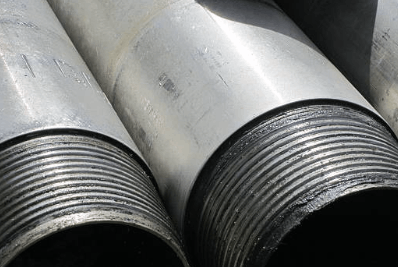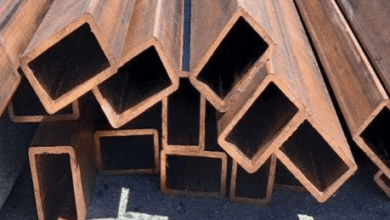Threaded Tube – Selection Guide
We generally use threaded tube applications in fittings, plumbing, and other kinds of applications like them. They provide very good structural integrity to lots of kinds of systems. Here, we will talk about all the important parameters so threaded tube applications. You will be able to select the best one for your applications with this guide.
What is Threaded Tube?

A threaded tube is a type of tube application that have internal or external thread geometry that you can easily connect with other threaded tubes. So, you can create very good fitting systems and applications that you can use for different applications.
How to Select the Best Threaded Tube Application?
There are some kinds of parameters that you can consider about threaded tube applications. You will be able to select the best one for yourself.
Measurement System
Threaded tube systems are manufactured according to different kinds of standards. You need to obey these standards in general. And these standards are generally according to the inches and metric standards. So, you need to consider according to which standard you are trying to build your system.
Length
If you will use straight tubes for your application, it is very straightforward that the length of the tubes is very important for most of the applications. You need to know the exact length according to the metric or inch standards.
Material
This is also a very important consideration that you need to make about the tubes. There are different kinds of materials are available.
- Aluminum: They have very good electrical and heat conduction capabilities. And they are resistant to corrosion.
- Brass and Bronze: If you are looking for a system that is sturdy and really resistant to rust and corrosion, you can consider bronze or brass applications.
- Copper: Like aluminum, copper material have also very good heat characteristics.
- Steel: If structural sturdiness and strength are very important o you, you can consider stainless steel applications. But in general, you can use many lower-strength systems and cheaper materials.
- Plastic: In indoor fitting applications, plastic threaded tube applications are the most common systems. They provide very good rust and corrosion resistance and very good sealing and tşghtness.
Sizes of the Threaded Tube
The various sizes of the threaded tube applications are very important for most of the applications.
- Pipe Size: You need to consider the internal diameter and outside diameter of the pipe application that you will use. The internal diameter is important for the maximum flow rate that you expect. And The outside diameter is important for the wall thickness of the pipe. In terms of the şheat transfer, it is important.
- Thread Size: According to the measurement system, you need to select the thread size around the standard applications. You can find these sizes through the catalogs in general.
- Thread Type: There are different types of threads such as GHT, METRIC, BSPT and etc.
Types of Threaded Tube Applications
There are different types and constructions of threaded tube applications that you can use for different kinds of applications. So, you can use them for different kinds of applications.
- Straight Pipe: This is a straight pipe that you can use for different kinds of applications. They have generally external threads.
- Adapters: Adapters are the intermediate systems to connect the same thread systems to each other or different diameters to each other. So if you will change the diameter or the thread system, you can use the threaded adapters.
- Connectors: Connectors are straight pipes that have internal threads.
- Bushing: We use the bushings for the connections of different kinds of pipes:
- Reducers: You can reduce the diameter of the fluid flow by using threaded reducers.
These are the general threaded elements that we are using for threaded tube fitting applications.
The Shape of The Connections
While you are selecting the threaded tube applications, also you need to consider the shape of the connection that you are trying to obtain. You generally adjust the fluid flow with these connections.
- Straight: As you understand that these are the systems that you can use for the straight flow of the fluids.
- Elbows: You can find 45 and 90 degrees of elbows for different kinds of applications. They are the systems that we are using for directing the fluid flow in other directions.
- Offset Elbow: Offset elbows are the systems to change the fluid flowing axis. The inlet and outlet directions are the same but the axis is different.
- Tee: To combine the three flows, we use the tee connections.
Last Words
As you see above, these are the general parameters that we consider for the different kinds of applications. While you are building your fitting and plumbing system the threaded tube applications, you can use this one for different kinds of applications.
If you have additional comments and questions about the threaded tube systems, please leave them below.
And also, you can find other useful and insightful articles about fittings and plumbing at fmechanic.com!
Swedge Fitting Applications – Uses and Features



